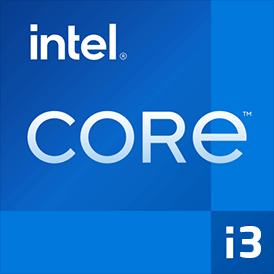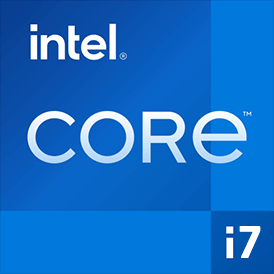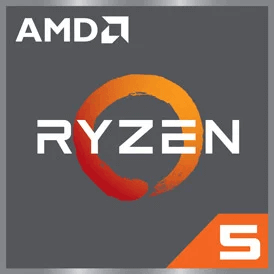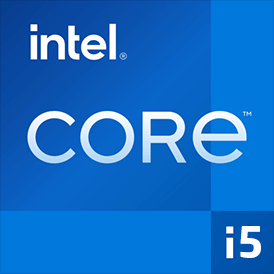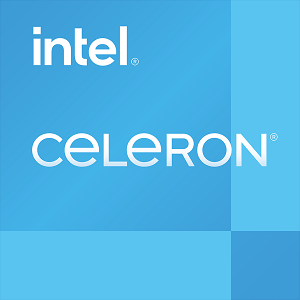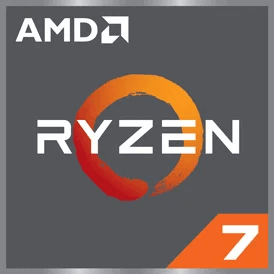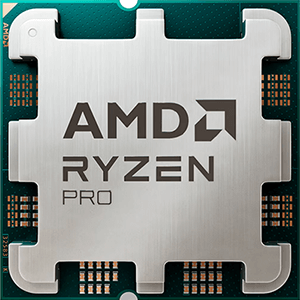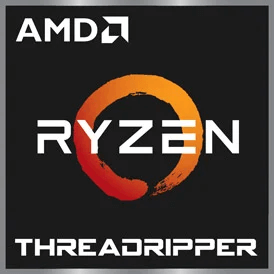Intel Core i3 8100 vs Intel Core i7 13700K
We compared two desktop CPUs: Intel Core i3 8100 with 4 cores 3.6GHz and Intel Core i7 13700K with 16 cores 3.4GHz . You will find out which processor performs better in benchmark tests, key specifications, power consumption and more.
Main Differences
Intel Core i3 8100 's Advantages
Higher base frequency (3.6GHz vs 3.4GHz)
Lower TDP (65W vs 125W)
Intel Core i7 13700K 's Advantages
Released 4 years and 11 months late
Better graphics card performance
Higher specification of memory (5600 vs 2400)
Larger memory bandwidth (89.6GB/s vs 37.5GB/s)
Newer PCIe version (5.0 vs 3.0)
Larger L3 cache size (30MB vs 6MB)
More modern manufacturing process (10nm vs 14nm)
Score
Benchmark
Cinebench R23 Single Core
Intel Core i3 8100
936
Intel Core i7 13700K
+126%
2116
Cinebench R23 Multi Core
Intel Core i3 8100
3597
Intel Core i7 13700K
+755%
30770
Geekbench 6 Single Core
Intel Core i3 8100
1223
Intel Core i7 13700K
+140%
2943
Geekbench 6 Multi Core
Intel Core i3 8100
3646
Intel Core i7 13700K
+453%
20188
Blender
Intel Core i3 8100
62
Intel Core i7 13700K
+737%
519
Geekbench 5 Single Core
Intel Core i3 8100
946
Intel Core i7 13700K
+122%
2108
Geekbench 5 Multi Core
Intel Core i3 8100
3315
Intel Core i7 13700K
+529%
20862
Passmark CPU Single Core
Intel Core i3 8100
2224
Intel Core i7 13700K
+96%
4370
Passmark CPU Multi Core
Intel Core i3 8100
6158
Intel Core i7 13700K
+656%
46573
General Parameters
Oct 2017
Release Date
Sep 2022
Intel
Manufacturer
Intel
Desktop
Type
Desktop
x86-64
Instruction Set
x86-64
Coffee Lake
Core Architecture
Raptor Lake
i3-8100
Processor Number
i7-13700K
LGA-1151
Socket
LGA-1700
UHD Graphics 630
Integrated Graphics
UHD Graphics 770
Package
14 nm
Manufacturing Process
10 nm
65 W
Power Consumption
125 W
-
Max Turbo Power Consumption
253 W
100 °C
Peak Operating Temperature
100°C
CPU Performance
4
Performance Cores
8
4
Performance Core Threads
16
3.6 GHz
Performance Core Base Frequency
3.4 GHz
-
Performance Core Turbo Frequency
5.3 GHz
-
Efficiency Cores
8
-
Efficiency Core Threads
8
-
Efficiency Core Base Frequency
2.5 GHz
-
Efficiency Core Turbo Frequency
4.2 GHz
4
Total Core Count
16
4
Total Thread Count
24
100 MHz
Bus Frequency
100 MHz
28x
Multiplier
34x
64 K per core
L1 Cache
80 K per core
256 K per core
L2 Cache
2 MB per core
6 MB shared
L3 Cache
30 MB shared
No
Unlocked Multiplier
Yes
Memory Parameters
DDR4-2400
Memory Types
DDR5-5600, DDR4-3200
64 GB
Max Memory Size
192 GB
2
Max Memory Channels
2
37.5 GB/s
Max Memory Bandwidth
89.6 GB/s
Yes
ECC Memory Support
Yes
Graphics Card Parameters
true
Integrated Graphics
true
350 MHz
GPU Base Frequency
300 MHz
1100 MHz
GPU Max Dynamic Frequency
1600 MHz
192
Shader Units
256
24
Texture Units
16
3
Raster Operation Units
8
24
Execution Units
32
15 W
Power Consumption
15 W
4096x2304 - 60 Hz
Max Resolution
-
0.38 TFLOPS
Graphics Performance
0.78 TFLOPS
Miscellaneous
3.0
PCIe Version
5.0
16
PCIe Lanes
20
SSE4.1, SSE4.2, AVX-2
Extended Instruction Set
-
